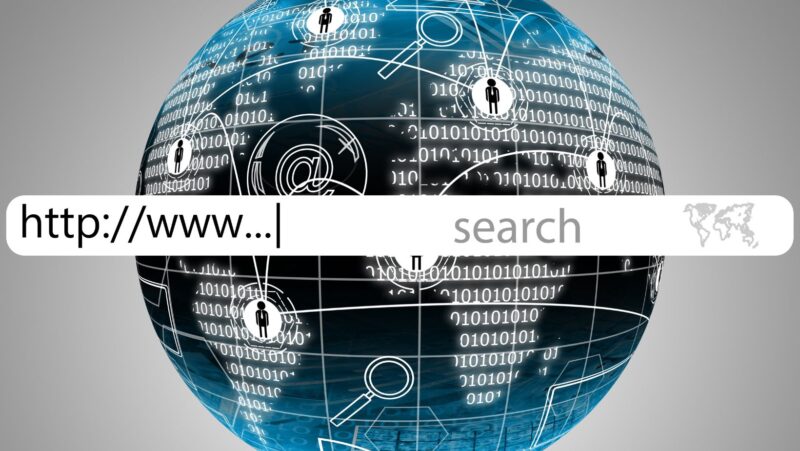
“Advertising that ignores technology is advertising that gets ignored.”
For decades, traditional advertising platforms like print, radio, and static billboards dominated the marketing landscape. But as technology advances and consumer expectations evolve, these outdated methods are rapidly losing effectiveness. A more agile, responsive, and intelligent solution has emerged.
Digital signage software is becoming the go-to platform for modern businesses that want to engage audiences with greater precision, creativity, and measurable impact. This article explores why digital signage software is displacing traditional advertising platforms and what it means for brands looking to remain competitive.
The Limitations of Traditional Advertising Platforms
Despite their long-standing presence in marketing, traditional advertising formats now face significant drawbacks.
One-Way Communication and Static Messaging
Print ads, posters, and broadcast media all operate on a one-way model. They push the same message to all viewers regardless of audience, time, or context. These formats offer no interaction and no opportunity for real-time changes. As a result, they fail to engage audiences who expect dynamic, personalized experiences.
High Production and Distribution Costs
Traditional advertising requires substantial resources. Every update means new printing, new shipping, and new installation. These logistics are not only expensive but also slow, limiting a business’s ability to respond quickly to changes or opportunities.
Limited Performance Tracking
Print and static ads provide little to no feedback. Businesses are left guessing about their impact. Without concrete data, it is difficult to measure return on investment or adjust strategies in meaningful ways.
How Digital Signage Software Changes the Game
Digital signage software addresses these challenges by providing flexible, real-time, and intelligent communication tools that allow businesses to adapt instantly and operate more efficiently.
Dynamic, Real-Time Content Updates
With digital signage software, businesses can update content instantly across one or many screens. Whether launching a promotion or responding to current events, teams can push content remotely from a central dashboard. This rapid deployment is impossible with traditional formats.
Data-Driven and Context-Aware Campaigns
Modern signage systems can adapt content based on external triggers. For example, a retail display might promote cold drinks on a hot afternoon or adjust messaging based on location, time, or weather. Businesses can also integrate signage with data platforms such as CRM or inventory systems to deliver relevant messages based on real-time inputs.
Cost Efficiency Over Time
Although there is an initial investment in hardware, digital signage reduces long-term costs by eliminating the need for reprinting and physical distribution. Digital assets can be reused, customized, and redeployed quickly, reducing overhead and improving operational agility.
Interactive and Personalized Experiences
Digital signage software is not just about display. It also creates opportunities for interaction and personalization that traditional media cannot offer.
Engagement Through Touch and Motion
Interactive digital kiosks and motion-sensitive screens allow customers to engage directly with content. They can browse products, check inventory, or scan QR codes for additional information. These interactive features help bridge the gap between digital and physical experiences.
Personalized Messaging Based on Data
Some systems use demographic recognition or customer profiles to tailor messages in real time. For example, a loyalty program member may see a custom offer when walking into a store. A screen might adjust promotions based on customer age group, location, or purchasing history.
These personalized interactions make content more relevant and significantly increase the likelihood of engagement.
Measurable Performance and ROI
Marketing efforts must be accountable, and digital signage software provides the tools to track results accurately and in real time.
Real-Time Analytics and Reporting
Signage software can track impressions, dwell time, engagement levels, and playback frequency. Business owners and marketing teams can monitor content performance through centralized dashboards and adjust strategies based on actual user behavior.
A/B Testing at Scale
Businesses can test different versions of content across multiple locations and track which version performs best. Based on the data, underperforming content can be replaced quickly. This test-and-learn approach is not feasible with static signage.
Case Studies: Brands Leading the Transition
Retail Chains
Large retailers are using digital signage for everything from product promotions to digital wayfinding. They create localized content while maintaining brand consistency and quickly respond to regional trends or inventory shifts.
Quick Service Restaurants (QSRs)
Fast food chains use digital menu boards to adjust offerings by time of day or to reflect current inventory. Some even cross-sell by analyzing purchasing patterns and adapting recommendations dynamically.
Corporate Environments
Digital signage has replaced posters and memos in office settings. It is now used to display key performance indicators, internal announcements, or motivational content. This improves employee engagement and ensures timely communication across departments.
Barriers to Adoption and Why They Are Falling
While digital signage offers clear advantages, some businesses have hesitated to adopt it. Fortunately, many of the previous barriers are now being addressed.
Perceived Cost of Entry
Cloud-based platforms and subscription pricing models have reduced upfront investment. Even small and medium-sized businesses can now access enterprise-grade features.
Technical Complexity
Many modern systems are designed for non-technical users. With intuitive content editors, drag-and-drop interfaces, and prebuilt templates, managing digital signage is easier than ever.
Resistance to Change
As customer expectations shift toward digital-first experiences, businesses can no longer afford to stay static. Digital signage aligns with current trends in personalization, real-time responsiveness, and mobile integration, making the transition increasingly necessary.
Conclusion: A New Era of Advertising Has Arrived
Traditional advertising platforms are being outpaced by a smarter, faster, and more flexible alternative. Digital signage software is not just a replacement — it is a reinvention of how businesses communicate with their audiences.
With real-time updates, personalized messaging, interactive features, and measurable performance, digital signage offers a competitive advantage that static media cannot match. Businesses that embrace this shift now will be better positioned to attract, inform, and convert their audiences in the years to come.
“The future of advertising is not just digital. It is dynamic, data-driven, and delivered in real time.”













